***********************************************
Sheltered from the Nazis in Albania
Albania was the only country in Europe in which there were more Jews after the war than there had been before the war, American photographer Norman Gershman said on Thursday at Yad Vashem.
He spoke at the opening of his exhibition honoring Muslim Albanians who rescued Jews during the Holocaust.
Gershman, who is Jewish, and who lives and works in Aspen, Colorado, has spent four years traveling the length and breadth of Albania to photograph families who provided a haven for Jews during the Holocaust years.
Before the war, there were only 200 Jews in Albania in a total population of 800,000. After the war, there were many more, with refugees from some half dozen other European countries.
King Zog himself saved the Weizmann family from Vienna, who fled to Albania after 1938's Kristallnacht, said Gershman, who managed to track the Weizmanns down in New York, where they now live.
Gershman on principle does not photograph wars or violence. What he looks for is the good in humanity. He is not necessarily an advocate for the Muslims of Albania, he said. "It's all about good people." He is greatly concerned about the growing paranoia in the world with regard to Muslims. "They think that all Muslims are terrorists - and that's crazy," he said.
Five years ago, he approached the Jewish Foundation for the Righteous in New York, about doing a project. They told him what little they knew about Albanian rescues. He said he wanted to do it, but they didn't have sufficient information. They referred him to Yad Vashem, which gave him access to its archives, and in turn referred him to the Israel-Albania Friendship Association, which is largely made up of Holocaust survivors rescued by Albanians.
The association in turn referred Gershman to the Albania-Israel Friendship Association and from there he was able to trace many people who had been involved in rescue operations, or in the case of those who had died in the interim, he learned the stories from their families, whose members he photographed.
Among those he photographed was Enver Alia Sheqer, whose late father, Ali Sheqer Pashkaj, rescued Yeoshua Baruchowic from a Nazi convoy, sent him into the forest to wait until the Nazis moved on, and then hid him for two years in his home, until the war was over.
Baruchowic, who today is a dentist in Mexico, came to Jerusalem for the opening of the exhibition. So did Sheqer. It was their first meeting, and it gave Baruchowic the opportunity to once again tell the story of the senior Sheqer's quiet heroism.
Albanian Charge d'Affaires Qirjako Kureta made the point that there was not a single instance in which Albanians accepted compensation for saving Jews. "Albanian was the only country in which Jews were not victims," he said, noting that Albanians had refused to comply with Nazi orders. They neither gave up their Jews nor supplied the Germans with names of Jews in their villages.
As a result, every Jew in Albania was saved.
The attitude of the Albanians derives from a philosophy called Besa. "It is a virtue that has characterized the Albanian people for centuries. It means faith and trust," said Kureta, adding that Albanians saw Jews as fellow human beings who needed shelter. Jews did not live in ghettoes in Albania, he said, but were integrated into the population.
Although the Jewish community in Albania was very small, Jews were not strangers there. The first Jews came to Albania 2000 years ago, said Kureta, who said both nations were small countries "with more history than geography."
Science, Culture and Sport Minister Ghaleb Majadle said that he was very moved by the exhibition. History was full of stories of war and inhumanity and people being killed, but the worst was the Shoah, he declared, "because the objective of the Holocaust was the extermination of a whole people."
Yet despite the horrors and brutality, he said, there were rays of light in the efforts to save Jews from the fate that the Nazis had in mind for them. The story of the Muslims who rescued Jews in Albania following the Nazi conquest in 1943 was a wonderful example of humanity and respect for the dignity of man, the minister said. "It deflates all that is said by those who would deny the Holocaust."
Muslims and Jews lived together in honor and dignity without compromise of values on either side during the Golden Age of Spain, said Majadele. "Jews and Muslims can live together in harmony and peace in the Middle East. We have to join hands and do our utmost to make that happen, with security for Israel and hope for the Palestinians so that we can once more be an example to the whole world. We must fight against ideologies of hatred."
Yad Vashem chairman Avner Shalev read an extract from a letter by a Holocaust survivor who wanted their family's rescuers to be recognized as Righteous among the Nations. "They may not have been educated on the heritage of Goethe and Schiller, but they attached the greatest importance to human life," the survivor wrote.
Yehudit Shendar, the curator of the Gershman exhibition, announced that it had been chosen to be the next exhibit at United Nations headquarters in New York, for International Holocaust Remembrance Day in January.

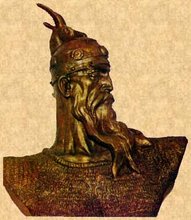
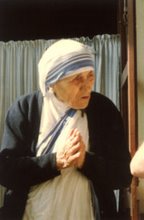







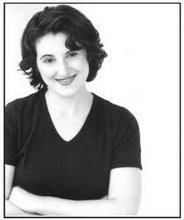
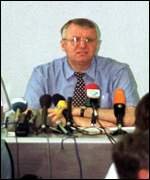
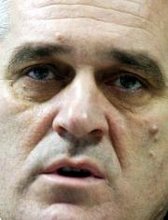


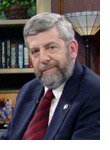





No comments:
Post a Comment